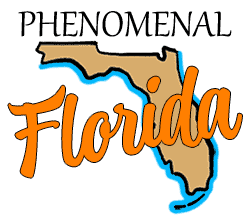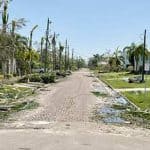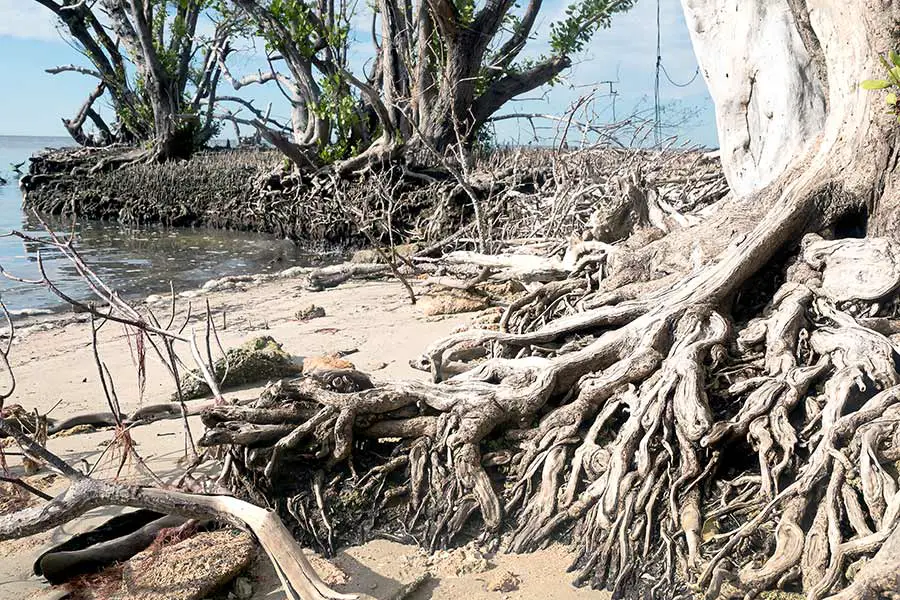
Florida has a surprisingly unique ecosystem that features several different kinds of forests, wetlands, prairies, and coastal environments. One of Florida’s most critical environments is the mangrove forest. What exactly is a mangrove forest, and why is it important?
Mangroves are unique kinds of trees that like to live in brackish, intertidal areas. Mangrove trees help prevent coastal erosion, minimize the inland impact of tides, and stabilize the current. Mangroves are also important for fish and other aquatic life, as they provide shelter and food.
So are there multiple kinds of mangroves, or just one? Do mangroves have any type of fruit or flowers? How can you identify different mangroves, and where can you even find them? You will find out the fascinating answers to these questions and more in this post.
Florida’s Mangroves: Beautiful and Critical
Florida’s mangrove forests have been a part of the Sunshine State’s ecosystem since ancient times. Mangroves love salty and brackish environments and are found in tidal estuaries and along sheltered shorelines all across Florida’s coast. The most significant mangrove forests in Florida are near Cape Canaveral on the Atlantic coast and Cedar Key on the Gulf coast. There is also a considerable population of mangrove trees in the Florida Keys, covering more than 1,800 miles of coastline.
Phenomenal Florida Fun Fact: Mangroves are the only kind of tree in the world that can tolerate salt water. Their distinctive waxy leaves are built to help them excrete excessive salts and sugars.
Types of Mangroves in Florida
Florida has three main types of mangroves. The first is the Red Mangrove (Rhizophora mangle), which is highly salt-tolerant. This plant is distinguishable from other mangroves by its high-arcing reddish roots, known as “stilt roots.” Stilt roots provide essential habitat for different kinds of marine life; many species of little fish like to hide amidst the roots.
The Black Mangrove (Avicennia germinans) can be identified by its long black trunk. Black mangroves take up salt from the water and excrete it through their leaves, which means that you can sometimes find salt covering the pointy green leaves of this plant. Also, rather than stilt roots, the black mangrove’s roots grow up out of the water into pneumatophores or breathing roots. This feature lets the trees absorb nutrients from the water but still absorb air from the tips of their roots, even when the plants are rooted in water.
The third main variety of mangrove in Florida is the White Mangrove (Laguncularia racemosa). This kind of mangrove is typically found more inland, in tide pools or brackish ponds. However, unlike the red and black mangrove, the white mangrove has no aerial roots. Instead, white mangroves have rounded green leaves that excrete salts and sugars, which attract insects.
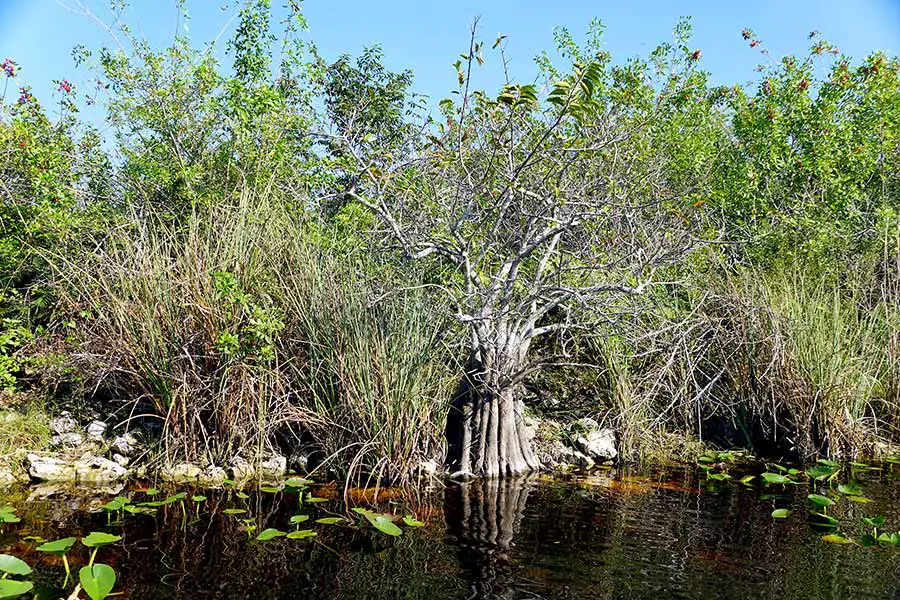
Why Are Mangroves So Important to Florida?
Mangroves are essential plants for several reasons. First, their elaborate root systems help prevent coastal erosion during regular tidal activity. The root system supports the earth and soil, keeping it from all being washed into the ocean. This complex network of roots also encourages the development of new soil. Therefore during extreme weather like tropical storms and hurricanes, mangrove forests help absorb storm surges and protect inland areas from the worst impacts of the weather.
Mangroves also act as a vital filtration system. Mangrove roots and their associated ecosystems slurp up thousands of gallons of water and, in the process, filter out toxins and pollutants. Mangroves also help trap sediment and excess nutrients from coastal runoff, which can help prevent red tide.
Finally, mangroves provide a rich habitat for all kinds of life. As we’ve mentioned, many fish like to huddle and lurk in the underwater root systems of the mangrove forest. Algae and other assorted microorganisms thrive in the shelter of the mangrove, and shellfish such as conch also enjoy living among the mangrove roots. In addition, these smaller animals attract beautiful birds: it’s not unusual to see wading birds such as White Ibis or even Roseate Spoonbills hunting among the mangroves.
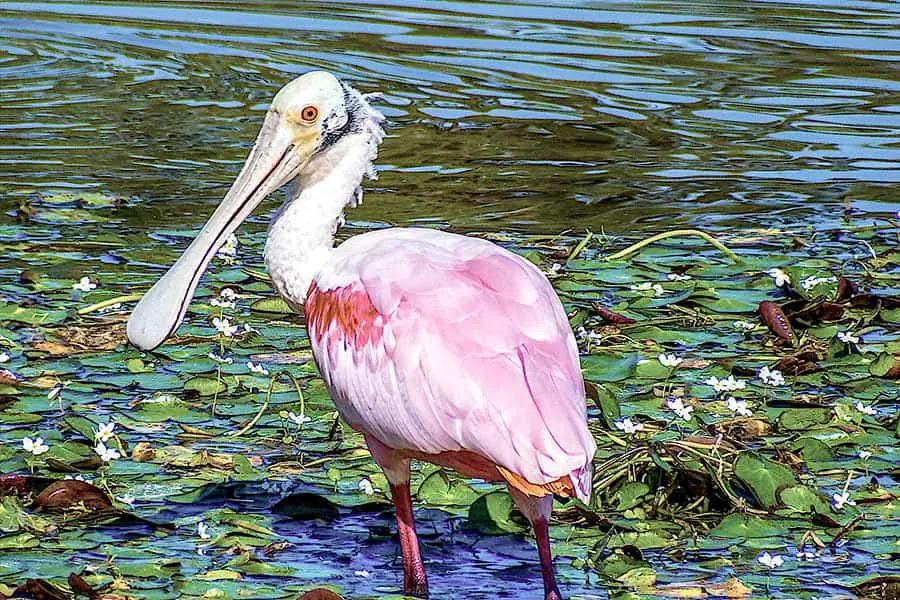
Where do Mangroves Grow in Florida?
Mangroves can grow anywhere along the coastline. As of this writing, the most significant concentrations of mangrove forests are found in the vicinity of Cedar Key along the west coast and Cape Canaveral along the east coast. There are also large mangrove systems in south Florida and the keys. You can even find mangroves at some inland locations along lakes or tributaries that feed into the ocean.
Other Posts of Interest
- Why Are The Florida Keys Called Keys And Not Islands?
- Where Is The Best Place To See Wild Flamingos In Florida?
- Which Is Better: Islamorada Or Key Largo?
- What Is Sun’ n Fun? (Plus Tips For Attending)
Can You Hike or Paddle Near Mangroves?
Many of Florida’s mangroves are accessible to hikers and paddlers, and they are definitely worth experiencing. The unique and beautiful ecosystem is unique to Florida, as no other state has mangroves. The Fort Pierce Inlet State Park has about four miles of well-maintained hiking trails that will bring you through the mangroves and offer you a chance to see this unique environment in person. If you’re in the Tampa Bay Area, check out the Clam Bayou Nature Preserve to get up close and personal with the local mangrove system.
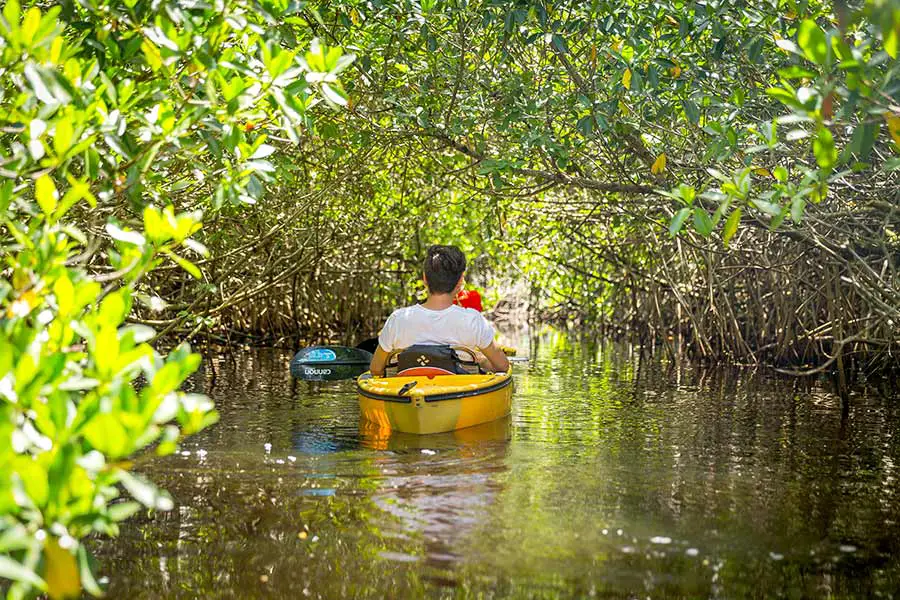
Are Florida Mangroves Protected?
Mangroves in Florida are protected by the Florida Department of Environmental Protection (DEP). And as we have learned, mangroves are a critical ecosystem that provides many benefits to all coastal residents, including human beings: mangroves help prevent coastal erosion and minimize storm surge.
With that in mind, Florida’s Mangrove Trimming and Preservation Act makes it illegal to trim or alter mangroves, including through the use of herbicide or other defoliating chemicals, without a specific permit from the DEP.
What happens if you decide to trim a mangrove or otherwise perform an illegal alteration of a mangrove system? Florida’s DEP can require the violator to restore the area and may also assess fines of up to $100 per mangrove illegally trimmed or $250 for mangroves altered unlawfully.
If you have a coastal property in Florida and need your mangroves maintained, your best bet is to hire a professional mangrove service who can manage these essential systems in accordance with best practices and state law.
Legislation protecting mangroves is critically essential for the future of Florida. Over the last 100 years, the Tampa Bay Area alone has lost more than 44% of its native mangrove population to real estate development and other coastal projects.
South of Tampa Bay, the Punta Gorda area, has also experienced massive mangrove losses due to waterfront development Overall, it is estimated that about 86% of Florida’s mangroves have been adversely affected by human activity since the 1940s.
Do Mangroves Produce Flowers?
Mangroves do produce flowers. The red mangrove produces flowers throughout the year but ramps up production in the spring and summer months. Black and white mangroves only flower during spring and summer.
However, mangrove flowers are different from other plants. Most flowers are designed to attract pollinators who will spread genetic material around plants before seeds are passively dispersed in the environment.
Mangroves, however, reproduce using things called propagules. These propagules are fully-formed clones of the parent tree that are released into the water, where they eventually become ‘stranded’ on a favorable patch of land and begin growing into new mangroves.
Do Mangroves Have Fruit?
Technically, mangrove propagules can be considered a kind of fruit. However, they are mostly inedible. Black mangrove propagules are toxic if eaten raw but can be cooked to make a ‘famine food.’ Unlike other wild fruits and berries, mangrove fruits are not something you should seek out for culinary purposes. Wild blackberry jam sounds delicious, but mangrove propagule soup would not be a crowd-pleaser.
Do Manatees Like Mangroves?
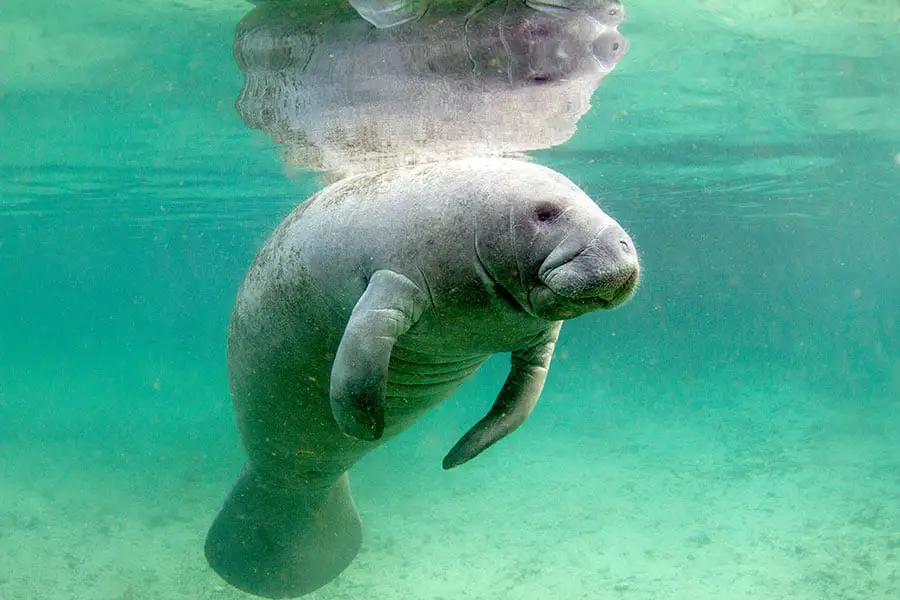
Florida’s trademark Sea Cows absolutely adore mangroves. If you take a paddle down some of our coastal estuaries into mangrove habitats, there is a good chance you could see a manatee playing or swimming among the roots. Manatees especially like to raise their calves among the shelter of the mangrove roots: keep your eyes open for babies. Just remember not to touch or harass these beautiful creatures.
Save Our Mangroves
With Florida being such a great and popular state, it’s no wonder that people keep moving here. And it’s especially no wonder that people love to move to the coastal regions of the state.
However, it is crucial that the development of our land is managed well to preserve important ecosystems like mangrove forests. While regulations from the DEP might seem a little onerous, and mangrove forests do take up a lot of valuable coastal land, their benefits are too significant to ignore.
Mangroves keep us safe from erosion, floodwaters, tides, and storm surges, which is critically important for everybody who lives here. In addition, mangrove forests are an essential environment for some of this state’s most endearing creatures, like the manatee. Not only that, they are beautiful and unique environments that are well worth exploring.
So next time you’re near the coastline of the Sunshine State, take a hike or a paddle out into the mangroves and take the time to enjoy and appreciate this beautiful natural environment to make some memories that you’ll treasure for a lifetime.
